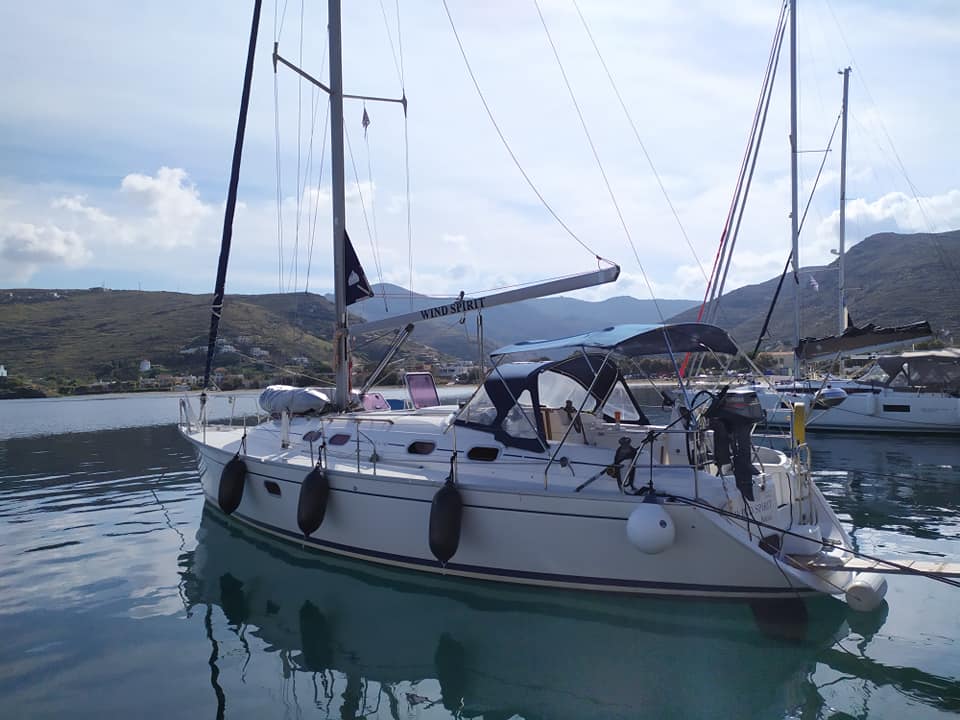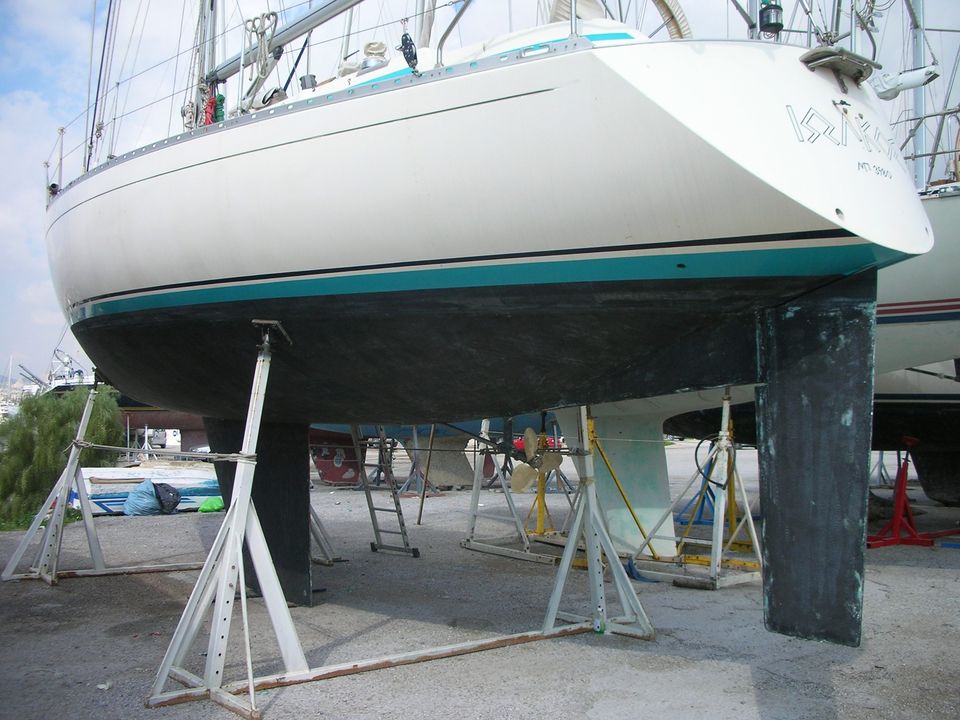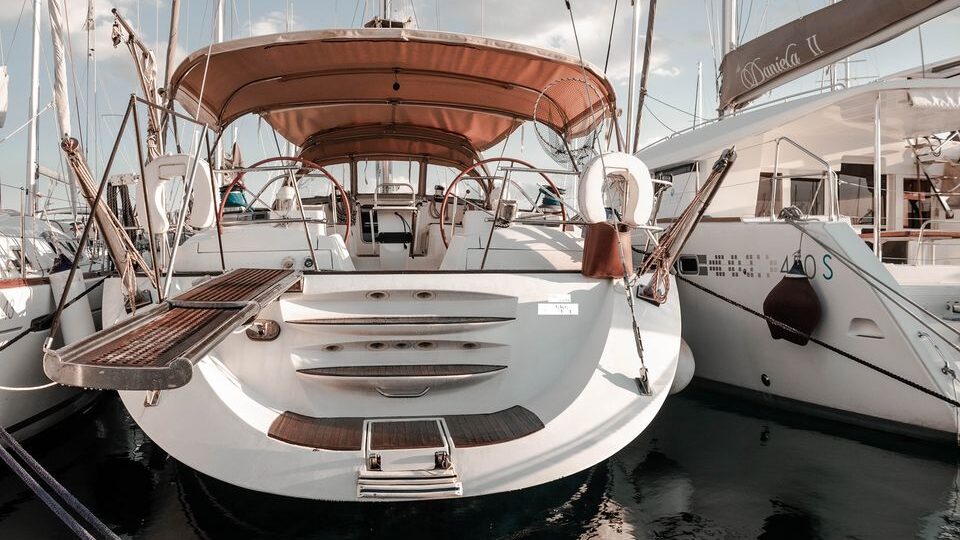Hidden Problems to Look For in Used Sailboats
An important issue to consider when you’re planning to buy or replace your sailboat with a new one is your preferences, and of course your budget. In today’s yacht and sailboat market, there are a lot of available offers. As a result, some of them might suit your needs, without costing you an arm and a leg. However, there’s always some kind of risk when making your purchase. Especially when buying motorized vehicles, but with the right survey, you can get a decent sailboat or a yacht that will serve you well for years. Sailboats are extremely complex machines that require cautiousness. So, pay attention to some of the most common problems that could show up on used sailboats or yachts.
Engine Issues
At the top of our list, we find one of the most common issues concerning the vehicle’s engine. So, it is of high importance to check the engine before buying your boat. In order for you to check the machine’s condition, then place the dipstick inside the engine to check the oil’s condition. If the oil is milky then that indicates the existence of water in the oil. This happens as a result of a poorly kept engine space. Or, if the previous owner didn’t take appropriate care of the engine. In addition, check the plugs to verify that they aren’t covered in carbon. Last but not least, ask the seller if he can provide you the engine’s maintenance record.
Mast and Rigging
A sailboat’s mast and rigging consist of a delicate web carefully engineered to withstand all forces on it. However, even one failure can lead to the rig’s collapse. A probable cause for that would be a corroded chainplate. Chainplates constitute basic parts to tie the rig in the structure of the hull. So, to avoid possible corrosions inspect the chainplates’ turnbuckles for cracks, above the belowdecks. In addition, check carefully the terminal fittings and stays, which usually get wet and corrode. As for the mast, check the spreaders where they meet the mast, for any damage. Make sure that the spreaders bisect its shroud. To sum up, look for broken or missing cotter pins and check the tangs for cracks and corrosion.
>>Also Read: How to Choose Your First Sailboat
Electrical System
When suspecting the electrical panel on the sailboat alongside the nav station, always turn on each electrical item to ensure its function. Check the fusebox and the general state of the wiring, to make sure that is straight, supported, and well-loomed. Poor wiring is a potential danger as it can cause a fire hazard. In other words, the panel’s image should have sealed and crimped connectors and a well-organized web of wires. If that’s the case, then don’t worry about the panel’s situation, it won’t produce any problems in the future.

Hull Damage
The most common damage to the hull is a damaged rub rail. This would include holes or scratches that penetrate the core or laminate material. If that’s the case, then all materials should be replaced or much better, avoid buying a sailboat that has this kind of damage. Furthermore, try looking for spots where water has penetrated, for example in the bilge, which indicates that the joint’s seal is incomplete. Make sure that hulls are of the right type and function smoothly. In conclusion, if a structural part of the hull is damaged then this certainly raises a red flag. Check out our article on whether you should buy a boat with osmosis.
Fiberglass Issues
To begin with, the deck doesn’t strengthen from the fiberglass, but from the stiff inner core. After a long-time of usage, water can leak into the core through deck fittings, such as stanchions, chainplates, and cleats, which can produce rot and will eventually turn the core into mush. As a result, a mushy core puts at risk the deck’s structural integrity. Check the area around fittings that pass through the deck. If the thunk is solid then this signals that the core is in a good state.
Bilge pumps
There are a few things that can go wrong concerning an electric bilge pump, as they are composed of limited components. In other words, most pumps have an automatic float switch that detects water in the bilge and automatically switches on the pump. Don’t worry if you notice small amounts of water in the bilge, like two to five cm, which is normal. Furthermore, when wiring bilge pumps and float switches, keep in mind that they should be well organized. Ensure that cable connections are well crafted and covered with adhesive-lined heat shrink.
Centerboards and Keels
When the keels are damaged, this is usually caused because of the abuse in shallow waters. Sometimes the cracks on the interface between the hull and keel are noticeable but if the crack is substantial, this wouldn’t pose any problems. It should be noted that centerboards undergo many heavy loads. Most of their supportive equipment such as cables, fittings, and pins are located underwater. Centerboard trunks have to be inspected regularly and fittings should be replaced, in case that you notice distortion or rust.
>>Also Read: Full Vs Fin Keel
Spongy Deck
A continual ingress of water can lead to major problems such as bulkheads or a rotting deck. This happens when water enters the core of a deck laminate which causes it to rot and separate it from the fiberglass. A problem like that would appear in the deck or transom core. In conclusion, even small damage on the deck requires a quite large effort to repair.
Bulkheads and Stringers
First and foremost, any visible damage or separation to the bulkheads or stringers is usually a potential structural failure. Moreover, a sailboat hull functions as an integral whole so if the stringers or bulkheads are cracked, you should consider making another purchase. Another issue is poorly supported foredecks if they lack structural bulkheads. Without the bulkheads, portholes and windows are going to protrude when that foredeck is jumped on. Last but not least, check if the stringers are painted with a gel coat. If that’s the case, then the stringers and frames are going to swell because the gel coat absorbs water, just like plywood.

Lower Units
Lower unit problems can happen in both outboards and sterndrives, and sometimes they can be very tough to spot. Above all, if water penetrates the centerboard then a bad seal or hairline cracks can arise. To ensure that the lower unit is sealed you should run the boat and check the lower unit oil. If you spot a milky appearance then this can be quite problematic. In order to resolve this, crack the drain screw and let a small amount of oil out to your fingers.
Summary
Those are some common hidden issues you should look for when looking to buy a used sailboat. However, when you are finalizing the buying process I would strongly encourage you to survey the boat or, at the very least, have a boat inspected by a professional.
